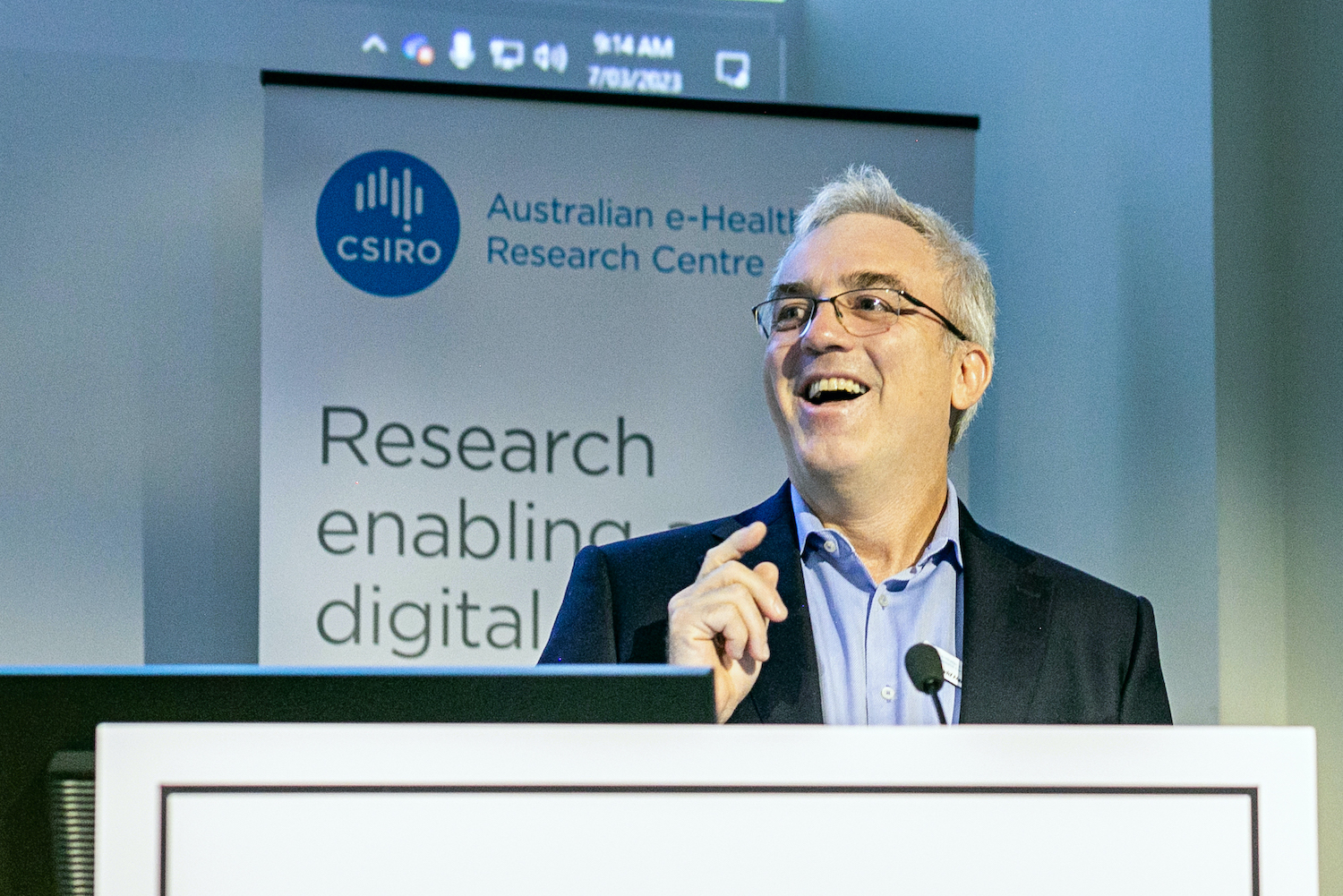UPDATED: The Australian government-funded Sparked program has issued the first release of the Australian Core Data for Interoperability (AUCDI R1), marking a major first step in enabling the standardised capture, structure and exchange of healthcare data.
AUCDI R1 has been developed in association with an AU Core FHIR implementation guide (IG) as part of the Sparked FHIR Accelerator, a two-year program funded by the Department of Health and Aged Care to advance health data interoperability in Australia.
Sparked is being delivered by CSIRO as a consensus-driven collaborative community program in partnership with Australian Digital Health Agency, the Department of Health and Aged Care and HL7 Australia.
AUCDI R1 establishes foundational data groups that the Sparked community agree are essential for standardised capture of clinical data. Much of this data is already supported by software but the first draft of AUCDI defines a “core of the core” of common data elements, or the minimum required to support standardised clinical information capture at the point of care.
Data groups include an allergies and intolerances summary; a problem/diagnosis summary; procedure completed event; vaccination administration event (immunisations); vital signs, measurements and other biomarkers for chronic disease and preventative health with an initial scope of cardiovascular risk calculation and diabetes care; a medication use statement; sex and gender; and encounter information necessary to provide clinical context.
CSIRO’s Australian e-Health Research Centre director David Hansen said that all of the core information elements have been agreed on by the Sparked community which includes over 600 registered participants representing clinicians, clinical colleges, consumers, software industry and government, and work had already started on release two.
Dr Hansen said AUCDI was a localisation of what was first developed in the US by the Office of the National Coordinator, which developed a US core data for interoperability (USCDI) about six or seven years ago.
Through the US 21st Century Cures Act, hospitals now must provide a FHIR API to that data so the data can follow the patient.
“What we have done is try to keep the Australian core data for interoperability as close to the US core data set for interoperability as we can,” he said.
“There’re things we do differently here in Australia. There’re things we call differently. Our health systems are different … but between the USCDI, what’s happening with the International Patient Summary (IPS) and what we need here in Australia, we’re trying to align those things as much as possible.”
The data elements were decided on by a clinical design group consisting of clinicians, consumers, industry and government. Dr Hansen said these groups have agreed that AUCDI includes the most important information needed to make sure it is part of a structured patient record within a clinical information system.
“AUCDI is the core data set for interoperability, and it is the data that needs to be collected, it’s the ‘what’ in the equation,” he said. “The FHIR implementation guide is about how – meaning, how we exchange the data.”
Dr Hansen said most clinicians already collect this data in their clinical information systems but it needs to be recorded in a consistent way so that it can be exchanged seamlessly. FHIR implementation guides mean that when one vendor sends that information to another instance of their own software or to another health service, it is exchanged in a consistent way.
“It’s up to the vendors about whether they adopt the AUCDI release, but most of them are collecting this sort of information already,” Dr Hansen said. “However, the FHIR standard is about how they exchange it.
“Some vendors are already implementing FHIR natively in their system but there are multiple ways that you can implement this in FHIR, and that’s what the implementation guide is there to do.”
The next step is release two, which will add further data sets, he said. “When we put out the AUCDI release one for public feedback, we got over 50 responses from organisations, individuals, colleges, government, industry.
“There was actually no disagreement about what was in release one, but there were a lot of suggestions of what could go into release two. So that provides a roadmap for future releases.
“What we have now is a core data set, and what we will see is extensions to that. So from a clinician’s perspective, they will not see much different. This sort of data is already captured and collected, but with the companion work on the AU Core implementation guide hopefully it will be easier to use and exchange that information.”





